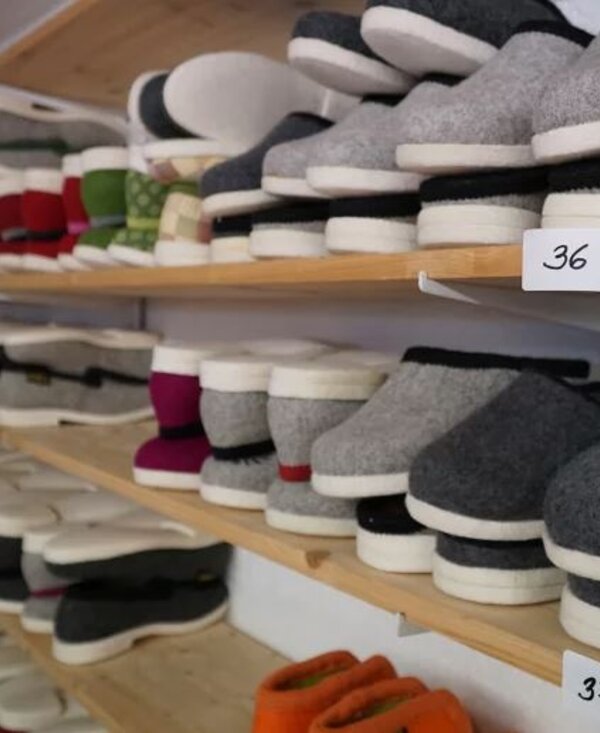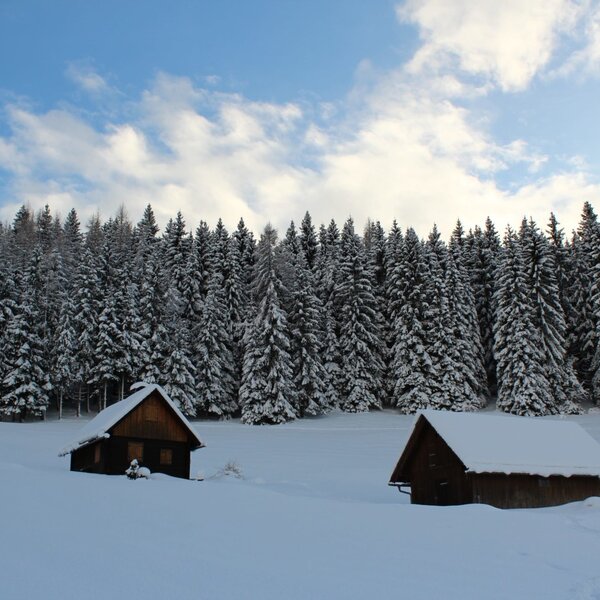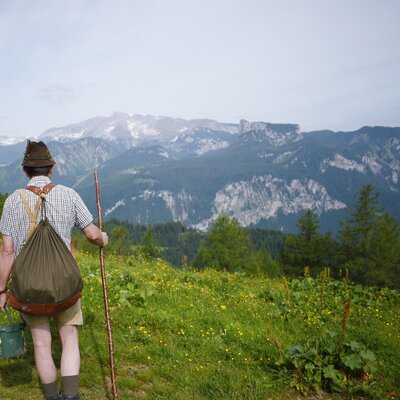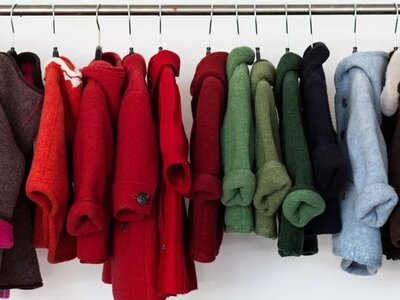
Emperor Franz Josef was a down-to-earth man who liked nothing better than to go hunting in his beloved Bad Ischl. For this he needed practical, weatherproof clothing. Nothing was as suitable as the indestructible loden, which was made into jackets, hats, coats and pants in the Alpine region. When Franz Josef was spotted wearing a loden jacket, the scratchy garment, which had previously only been used by mountain farmers for their work, suddenly became socially acceptable. Yes, absolutely classy and hip, one would say today - the emperor as the first testimonial for loden jackets. The nature-loving Archduke Johann was also spotted in Schladminger jackets, with an Ausseer hat and Haferl shoes, his wife Anna Plochl in a smart Ausseer dirndl.
A revival from disposable fashion to quality has given loden a new lease of life, whether as interior design, clothing, shoes or hats, and not just in the countryside and among the nobility. If you want an indestructible item of clothing today that will never go out of fashion, you will reach for a smart jacket made from Tyrolean loden or a Schladminger Janker with staghorn buttons and green piping. Designers have long since ensured that traditional clothing has been transformed into chic, figure-hugging styles that also appeal to young people.
The term loden comes from Old High German and means "coarse cloth". Coarse, that's what it really was back then. Coarse, scratchy, heavy, but hard-wearing and made to last a lifetime. Today, loden has a soft, pleasant feel, but the woolen fabric, which is further compacted and roughened by rolling with soap and water, can withstand snow and rain. A good loden is made from carded yarn, to which camel hair, cashmere, alpaca and mohair can be added in addition to wool. Traditionally, it is green, brown or grey when used as a traditional jacket or for hunting, but nowadays it can be seen in all colors of the rainbow, a sign that it has made its way into fashion heaven. A loden jacket is therefore the ideal garment for an alpine vacation.
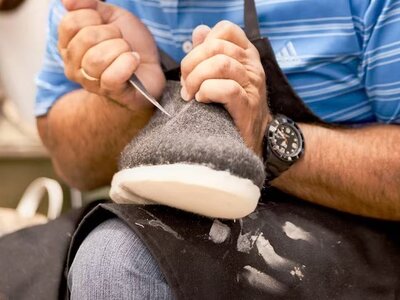
Pope wears Zillertal Doggln
At Vivien Westwood's fashion show in Paris in 2019, the Doggln (slippers) from Zillerstaler Doggl-Manufaktur caused quite a stir. The models confidently walked down the catwalk in hand-sewn Zillertal slippers. Company boss Günter Hartl and his wife are still proud of this today. No wonder, Vivien Westwood also wore the warm slippers out of conviction, as did Pope Francis. "Our Doggln made of pure sheep's wool are one hundred percent hand-sewn and absolutely sustainable," says Hartl, praising his product, which is made for customers who love warm feet. "We guarantee: no more cold feet," he promises. "We are the only ones who have the know-how to make them, unfortunately the craft will die out sooner or later," regrets the master shoemaker from the Zillertal and hopes that his son will perhaps follow in his footsteps. In the meantime, the manufactory also produces slippers, employs designers and decorates the Doggln with Swarovsky crystals on request and insists on sustainability. The real luxury, however, is the old craftsmanship.
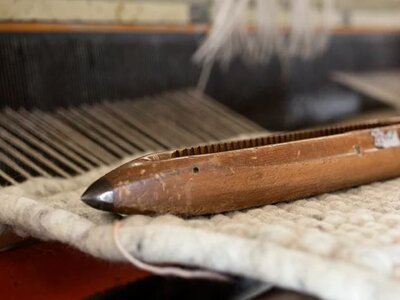
From sheep to store
Company boss Johannes Regensburger does not know every sheep at the Ötztal Sheep Wool Center by name. After all, the wool is processed from sheep from Tyrol, Bavaria, South Tyrol and Switzerland - but only from animals of first-class quality. The company produces 250 tons of wool a year for wool processing companies throughout Central Europe. "From sheep to store" is the motto in good "Ötztalese". Anyone interested can take a look around, both in the store and in the workshop. Sheep petting included.
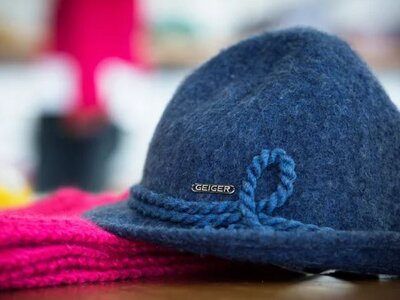
Give me "A Geiger"
When skiing legend Toni Sailer went on the Olympic course in Cortina in 1956 and won three gold medals, he shone in a Geiger sweater. The woolen piece became the most photographed item of clothing of its time. In America, it was the famous Walkjanker from Schwaz in Tyrol that inspired young people. "A Geiger" became synonymous with loden jackets, like the eagle owl with glue. "I want a Geiger," is what American tourists still demand today when they want to buy a loden jacket in Austria," says Peter Geiger, fourth-generation company boss in Schwaz in Tyrol. Ski legends such as Toni Sailer, Anderl Molterer and Ernst Hinterseer went to America and Japan as ski instructors in the summer wearing Geiger sweaters. "After that, we sold tons of sweaters to America and Asia," says Peter Geiger. Even today, the markets in the Far East and America are still the most important for the Tyrolean company. "We are probably better known in South Korea than in Austria." The company's core competence is fashionable garments made from one hundred percent sheep's wool, from the finest merino to coarse Shetland wool. The suppliers are two spinning mills from Austria. "We attach great importance to short transport routes and the highest quality," emphasizes the company boss. He does not need to worry about the succession. Seven successors with new ideas and plenty of creativity are already waiting in the wings.
Elisabeth Tschernitz-Berger
www.gedankenschmiede.at, 14 Article(s)
